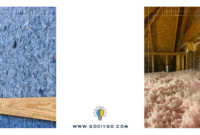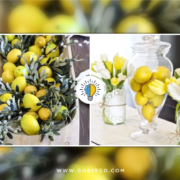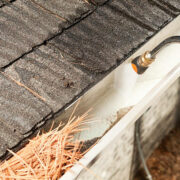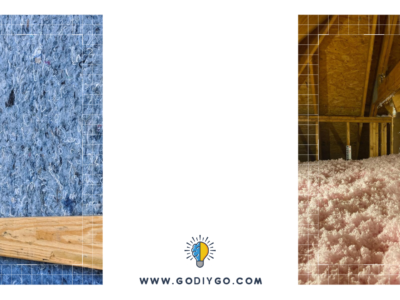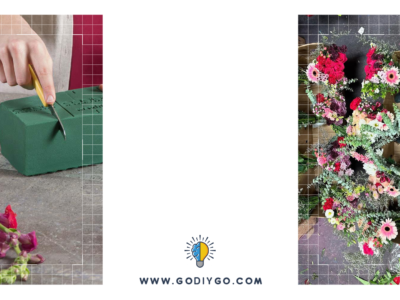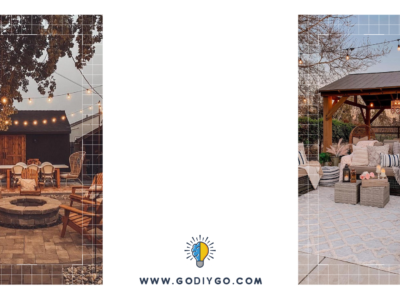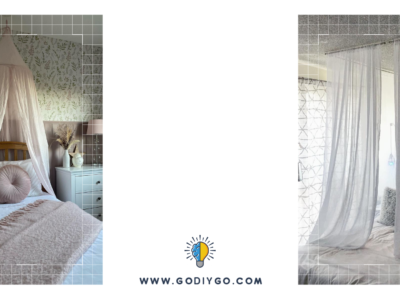Selecting the right paint for the job is key to achieving a high quality and long-lasting finish as not all paints are equal. There are many options to pick from, allowing you to choose the right one for the application. Here is our helpful guide on choosing the right paints for your project.
Choosing interior paints
Most paintwork requires a primer to be applied before the actual paint itself, and interior painting is no exception. You can save yourself some considerable time by choosing a self-priming paint, and this simply means that the primer is mixed in with paint colour already, so you don’t need to pre-apply primer beforehand. Good quality self-priming latex paints offer good coverage, and you should only need one coat to achieve full-colour depth which can save you money by not having to do numerous coats. Self-priming paints are definitely worth considering when choosing your interior paint type.
If the room you are painting is exposed to a lot of sun or high humidity like a bathroom, picking a speciality paint that is designed for these types of conditions will ensure that it stays put and doesn’t prematurely flake or wear.
Choosing paint for cabinetry, trims and doors
If you want to paint your cabinetry, trims or doors, the paint needs to be hardwearing as these get a lot of use. If you do not choose a paint that is designed for high traffic areas such as these, it’s very likely that the paint will not last. This can affect the look, and you may need to strip this inferior paint off to repaint with a hardwearing version to get a smooth and professional result. Good options for these areas include water-based or oil-based enamel paints. Unlike traditional paints, enamel-based paints contain additives that reduce brush marks in the paintwork and offer great adhesion. No topcoat is required, and when you use this type of paint for your cabinetry, trims and doors, you can be confident that you achieve a long-lasting and durable finish. Semi-gloss or gloss are good choices for trims and doors as they get dirty often,fv6 and these paints are easy to clean.
Choosing exterior paints
Walking into the exterior paint section at any hardware or paint store can be overwhelming. There are so many different types to choose from, it can be difficult to know what one is the best, especially if you have no idea what to look for. One’s things for sure, the outside of your home is exposed to unrelenting conditions, so the first thing you need to ensure is that the paint your choose is exterior paint. Why? Because these paints contain protection against damaging UV rays, are resilient against moisture, mould, mildew, and are more durable in general.
Like interior paint, you want your exterior paint to offer good coverage as it can save you money, and choosing one that is self-priming, can again, save you a considerable amount of time. Look for exterior paint that specifically states that it resists UV rays and is resistant to mould and mildew. If you find one that offers a guarantee, this is even better because if the paint falters before the timeframe the brand has stated, they normally offer a full refund.
Choosing paints that won’t affect the allergy sufferers of the family
Some regular paints can release gases that can trigger respiratory episodes and other health conditions. They are known as volatile organic compounds (VOC). VOCs can be harmful, so when considering paint for your home, especially if anyone is asthmatic, has allergies or is sensitive to chemicals, choose a paint type that has low VOCs or no VOCs. When the gas released off the paint is low or non-existent, painting your home is far less likely to have an effect on anyone’s health. The good news is, that there are a lot of options when it comes to low or no VOC paints in a wide variety of colours and finishes making it easy to find a suitable paint that’s gentle on the senses.
Choosing paint for furniture
The paint finishes you can have for furniture are almost endless. Some include washes, tints, high-gloss, matte and even vintage-style finishes.
If you are looking for a traditional finish rather than specialised, enamel paint, either water or oil-based, will give you a flawless and long-lasting finish. This can be used for all applications, including items that will be in low traffic areas, right up to high traffic and high use areas. You shouldn’t need a topcoat, the paint itself should be sufficient enough to withstand such conditions. If you are worried about brush marks being left in your paint finish, have a chat with the paint specialist on hand about adding an extender to the paint. Extenders help to camouflage imperfections in the piece that you are painting, as well as prevent brush marks in your paint.
We hope this post has given you an idea about choosing the right paint for the job. If you have any questions on this topic or if you are looking for a gold coast painter that’s professional than, contact us here at MDC Specialists. We have more than 20 years of painting and decorating experience, and we’d love to help you with your next painting or decorating project. Reach out today!


